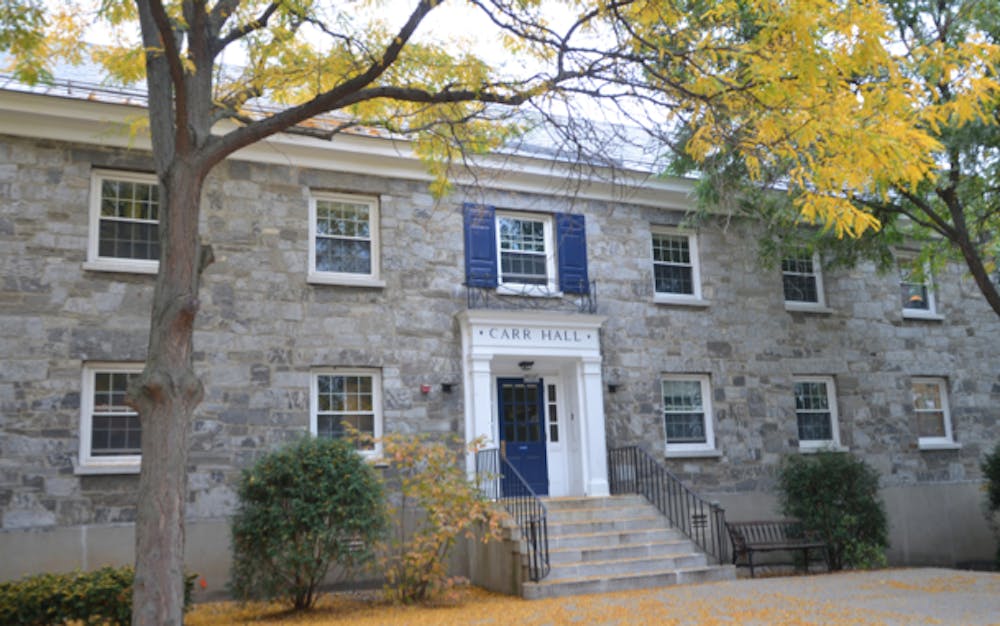As the fall semester reaches its fourth week, progress is being made toward the approval of an intercultural center on campus that will provide resources for students of color, first-generation students, LGBTQ students, and others who have historically been underrepresented or marginalized in higher education. The proposal process, which began last spring, emerged from a response to student dialogue regarding the need for a space dedicated to student life.
“There was this gap of where do students go who want a place where they can talk through and digest what goes on for them,” said Debanjan Roychoudhury ’16, who has been heavily involved in the proposal for the center, “and who aren’t feeling that their identity is being taken into account in other spaces.”
While Middlebury offers spaces such as the Center for the Comparative Study of Race and Ethnicity (CCSRE) and the PALANA (Pan-African, Latino, Asian, and Native American) Academic Interest House, the intercultural center would provide a welcoming and comfortable area focused on combining student life and academics.
The system currently in place, as Clair Beltran ’16 says, “is too divided,” adding, “Since each center prioritizes one aspect of life, it’s hard to involve the whole person.” Planned to be built off of Carr Hall, the centralized location of the intercultural center would therefore make it accessible to all students and would provide a place to study, meet, and hang out.
Work on the proposal began after visits to Williams College, the University of Vermont and Connecticut College showed that these schools had intercultural centers of their own, unlike the College. Small groups of students and administrators met with representatives from the multicultural centers of each school to gather feedback on what was working for them and what was not.
Input from students also played a fundamental role in the drafting of the proposal. Dean of the College and Vice President for Student Affairs Shirley Collado began working on the proposal after meeting with students last year. Collado, along with Director of the Center for Comparative Study of Race and Ethnicity Roberto Sagarena and Assistant Director of Student Activities Jennifer Herrera, said, “I think that this proposal really takes in many of the ideas we heard repeatedly and brings them together.”
Collado, who is currently serving her final term at the College, hopes to see the proposal approved by the end of October.
“It’s a major priority of mine while I’m here which is why I want to make sure that we move the process along and then Herrera and Sagarena, along with students, will take the lead.”
Sagarena, currently the director of CCSRE, will become the director of the intercultural center, if it is approved. When asked about the goals for the center, he said, “One of the things we would hope is that with a centralized location for support we would be better able to work in conjunction with other centers, share resources with them and contribute to work that they’re doing.”
This new center is all about collaboration, which is why it is being referred to as as an intercultural center rather than a multicultural center. The emphasis is on communication across races, ethnicities, and cultures — the center is one for every student.
Going forward, Collado believes that there is a good chance the proposal will be approved, as there is a lot of support for it in the administration. The spring semester, following approval of the center, will focus on preparing the space for the opening in fall 2015.
A group of students and faculty members will be assembled to determine in what ways the space can best be used to fulfill the goals set for the center. Student involvement and input will be highly encouraged throughout as the intercultural center begins to take shape.
Going forward, Roychoudhury said, “We need to have students onboard. It started with students and it needs to continue with students and it needs to always be about students.”




